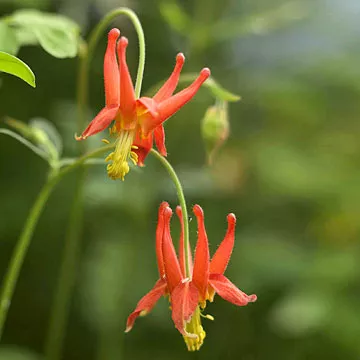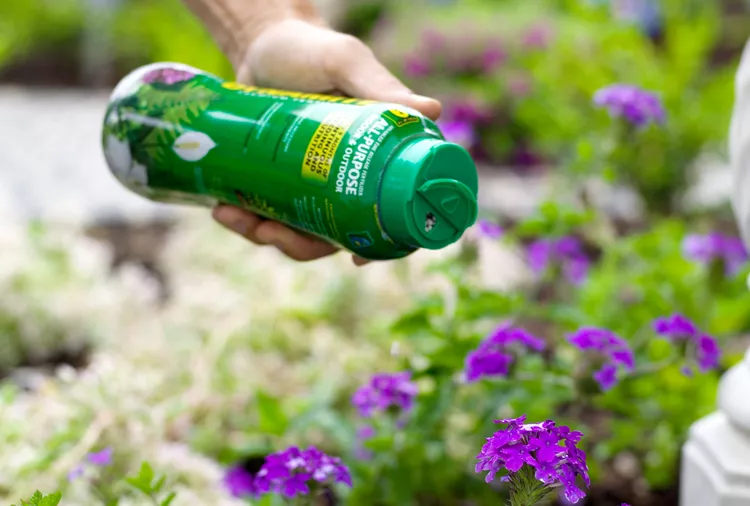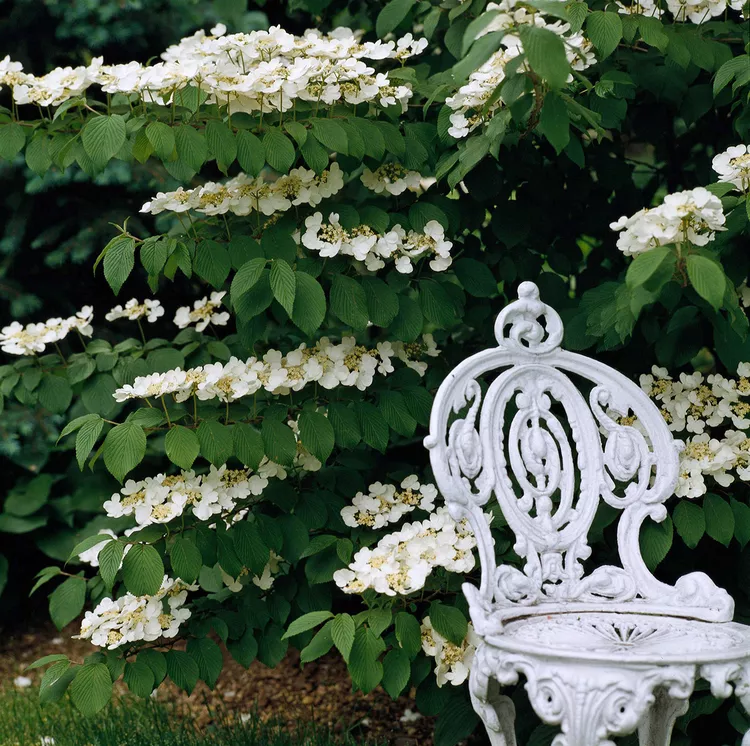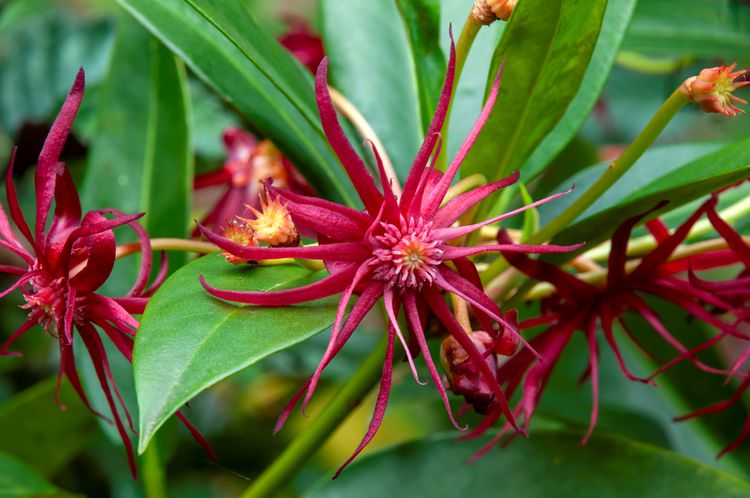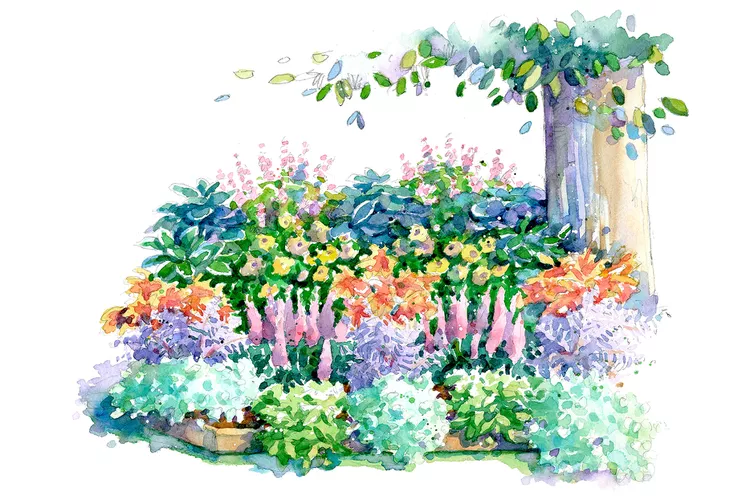Hairy vetch, a common name given to species of legumes in the genus Vicia, has long been a favored cover crop used to protect and improve the soil while fields lie fallow during the cooler months of the year. It has the ability to fix nitrogen from the atmosphere and, by extension, improve the soil in which it grows over time. It pulls nutrients from deep in the soil, aerates the soil, and provides green manure when tilled into the soil.
Hairy vetch grows worldwide, where it can continue growing during cooler months or go dormant in deep winter locations. Permaculturists and those using sustainable agriculture practices, such as low-till/no-till, choose this cover crop for its ability to both improve soil aeration and nitrogen levels. Hairy vetch can also be grown as a cover crop in a home garden bed, though this is much less common.
Although the leaves are edible, hairy vetch seeds are toxic when ingested by humans or livestock.
Hairy Vetch Overview
| Genus Name | Vicia |
| Common Name | Hairy Vetch |
| Plant Type | Annual |
| Light | Part Sun, Sun |
| Height | 3 to 12 feet |
| Width | 1 to 2 inches |
| Flower Color | Blue, Purple |
| Foliage Color | Blue/Green |
| Zones | 10, 4, 5, 6, 7, 8, 9 |
| Propagation | Division, Seed |
| Problem Solvers | Groundcover, Slope/Erosion Control |
Despite the traits that make hairy vetch a highly valuable plant, there is one downside. Hairy vetch can become weedy or invasive, and it has been labeled as invasive in Michigan, Oregon, and Washington.
Where to Plant Hairy Vetch
Hairy vetch is one of the easiest cover crops to grow and imparts some of the greatest benefits for the soil. It can be planted in USDA Zones 4-10 and in Zone 3 with protection from the cold.
How and When to Plant Hairy Vetch
In summer, sow the seeds to grow hairy vetch as a winter crop in mild winter regions. In cold areas, sow the seeds in late summer to give the plants time to grow before cold weather arrives.
Prepare the garden beds by tilling the soil to minimize thatching, which keeps the seeds from reaching the soil. Broadcast the hairy vetch seeds thickly by grabbing a handful of seeds and tossing them evenly across the surface of the soil. If the area is large, use a roller to press the seeds into the soil. Ideally, thin the seedlings to approximately 3 inches apart after they germinate.
When sowing only a few seeds in a bed, mix the seeds into the soil no deeper than 1 inch. Finally, water the area thoroughly and keep it evenly moist. Seedlings will begin to appear one to two weeks after sowing.
Hairy Vetch Care Tips
Light
Hairy vetch grows best in full sun. It will also grow in part shade.
Soil and Water
This plant prefers moist, well-drained soil but has good drought tolerance. Hairy vetch is sensitive to being water-logged.
Temperature and Humidity
In mild winter regions, hairy vetch grows throughout the cooler winter season. In colder winter regions, plants become established and then go dormant, only to begin growing again in spring. In the coldest regions, hairy vetch can be sown in spring and then grown throughout the cooler summers.
Fertilizer
Because it is a nitrogen-fixing plant, hairy vetch doesn't need any fertilizer with nitrogen in it. However, a high-phosphorus product improves the plant's growth. Apply it according to the instructions on the packaging.
Pruning
Hairy vetch is a climber, and it can take over nearby plants. Keep it cut back to a compact size to avoid unwanted spread. Remove any dead or damaged leaves to improve the appearance of the plant.
Pests and Problems
Hairy vetch may be attacked by aphids, snails, and slugs, but they rarely do enough damage to ruin a crop. Treat aphids with insecticidal soap or neem oil. Slugs and snails can be controlled using non-toxic bait.
Flowering plants should never be sprayed with insecticides while in bloom to avoid killing the pollinators.
Due to its quick growth rate, hardiness, and tendency to drop seeds quickly, plants can, under some circumstances, become difficult to get rid of on large tracts of land. However, in home gardens, hairy vetch is rarely a problem and can easily be controlled by cutting back the crop before flowering, which drastically limits seed production.
How to Propagate Hairy Vetch
Hairy vetch is a prolific self-seeder, so the plants will return each year unless the seed pods are removed. Collecting the seeds is difficult because the seed pods don't all mature at the same time and tend to open unexpectedly.
The plant can be divided. Dig up an established section of hairy vetch and cut it into 4-inch sections using a sharp spade. Replant the sections immediately. It won't be long before they send up new shoots.
Types of Hairy Vetch
Hairy vetch is a common name given to at least three different annual or biennial species in the genus Vicia.
'Vinter' Hairy Vetch
Vicia villosa 'Vinter' is a new hairy vetch variety with superior winter survival rates. It is a reliable source of green manure. It has a vining habit and is often planted with winter rye, which provides support for hairy vetch growth.
'Purple Bounty' Hairy Vetch
Vicia villosa 'Purple Bounty' is an excellent choice for building nitrogen and organic matter in fields and gardens. Plant this winter-hardy biennial in the fall and watch it explode with substantial growth in spring. It blooms two weeks earlier than most other hairy vetch cultivars.














